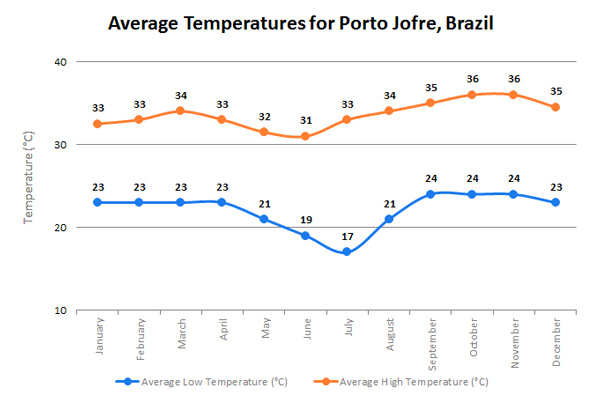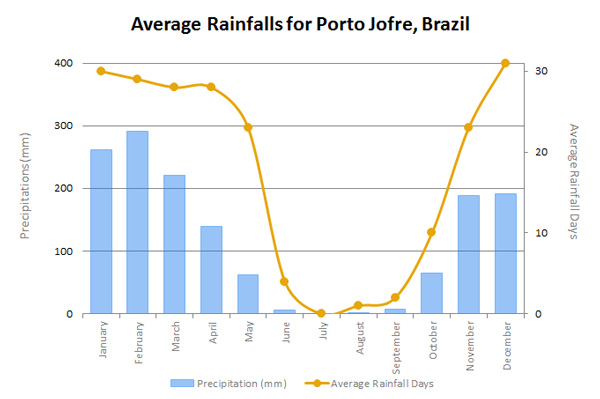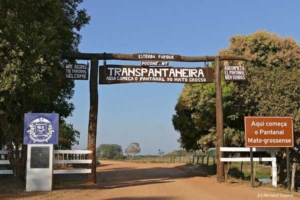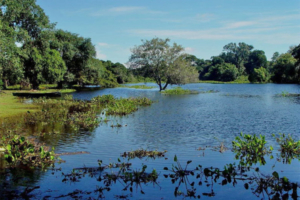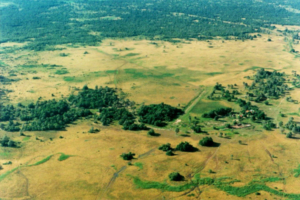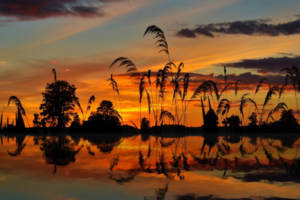Pantanal
The Pantanal is an ecoregion of about 170,000 sqkm that extends mainly to the Brazilian states of Mato Grosso and Mato Grosso do Sul. It also covers a smaller portion of Bolivia (the Bolivian Pantanal) and Paraguay. The Pantanal is the largest wetland on the planet, an enormous plain, with streams flowing gently during the wet season in many meanders, and submerging over 80% of the territory for four months each year. Surrounded by mountain ridges and plains, it includes ecoregions as diverse as river corridors, gallery forests, perennial wetlands and lakes, periodically flooded grasslands, and terrestrial forests.
This explains why the Pantanal is considered to have the richest collection of aquatic plants in the world and the densest ecosystem on the planet from both a plant and a wildlife point of view.
The Pantanal fauna is undoubtedly one of the richest on the planet and it has more than 650 species of birds, including the American jabiru, the bird symbol of the Pantanal, and large colonies of herons, ibises and ducks. There are 26 species of parrots, including a large population of hyacinth macaws, plus toucans, piculets, snowy egrets, hummingbirds (the smallest weighing two grams), black jacanas, rheas, crested cariamas, spoonbills, etc.
Mammals are not left out here, since there are more than 80 species, including the famous jaguars, Pantanal deers, giant otters, anteaters, capybaras or capivaras, howler monkeys, capuchins, tapirs, crab-eating foxes, sloths, armadillos, etc.
It is a paradisiac area for the amateurs of observation and photography of wildlife.



